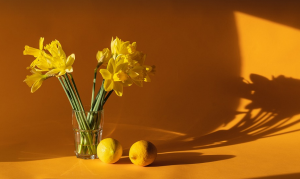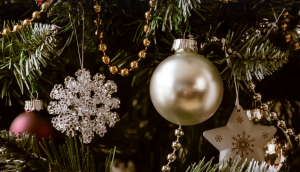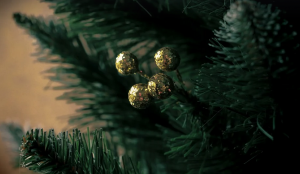
Finding the Right Bulb for Every Occasion
Ah, light bulbs. Those seemingly simple things that illuminate our surroundings and bring life to our homes and workplaces. But have you ever stopped to wonder how we can choose between a hundred different options? With so many bulb types, shapes, sizes, and even colors, it’s natural to feel lost!
Don’t worry, though! We’re here to empower you with the knowledge to decipher the world of light bulbs. We’ll break down the essential information about how to tell what type of light bulb you have in under no time.
What Makes Light Bulbs Different?
Light bulbs are more than just sources of illumination; they represent a spectrum of technological marvels and innovation. The most significant difference between them lies in their energy-saving capabilities, temperature output, and overall performance characteristics. These differences are driven by the way each bulb is designed and constructed.
Let’s delve into the key features that differentiate these bulbs:
* **Wattage:** Perhaps the most fundamental difference you’ll encounter is wattage. This tells us how much electrical power the bulb consumes, expressed in watts. Higher wattage usually translates to more brightness and a wider beam of light (think about brighter LED lights).
**Voltage:** Another vital factor to consider is the voltage your bulbs operate on. Most standard incandescent bulbs run at 120 volts. But certain specialty bulbs may have higher or lower voltages, so be sure to look for this information on the packaging or the bulb itself.
* **Lumens:** A crucial measure of brightness! Lumens (lm) offer a more precise and reliable way to assess the light output of your bulbs. This metric is expressed in lumens, which provides a direct gauge of how much light the bulb emits. Higher lumens mean brighter light.
**Light Color Temperature:** The color temperature of a bulb reflects its warm or cool light tone. You’ll notice the difference between warm white (around 2700 Kelvin) and the cooler spectrum of daylight (around 6500 Kelvin). Warm bulbs create a cozy, inviting ambiance, while cool bulbs provide a more sterile and efficient illumination for tasks.
**Light Emitting Diode (LED):** These modern marvels offer an array of benefits over traditional incandescent bulbs. They’re energy-efficient, long-lasting, and produce less heat. The compact size and versatile nature of LEDs allow for innovative design possibilities, from decorative lights to task lighting.
How to Spot Your Light Bulb’s Type
The journey towards understanding your light bulb type begins with a simple inspection. Let’s break down the most common types:
* **Incandescent Bulbs:** These classic bulbs are recognizable by their warm glow and distinct filament design. They’re prone to overheating, making them less energy-efficient than other options.
**Halogen Bulbs:** Halogens offer a combination of brightness and longevity. They are known for their strong light output and efficient use of electricity compared to incandescent bulbs.
* **Compact Fluorescent Light (CFL) Bulbs:** Often found in standard fixtures, CFLs have revolutionized energy efficiency. Though they’re not as common today, their compact size makes them a viable option in many places.
**LED Bulbs:** These are the champions of energy efficiency and longevity. They’re found everywhere from home lighting to commercial applications due to their long lifespan and low heat emission.
Decoding Your Light Bulb’s Packaging
When exploring your options, the packaging of light bulbs often provides a wealth of information. A quick glance at the box can offer valuable insights into the bulb’s type and its specifications. Pay close attention to:
- * **Voltage:** Find out if the voltage requirements match those of your existing fixture. * **Wattage:** The wattage tells you how much power the bulb uses, which can affect its brightness. * **Lumens:** The number of lumens listed indicates the bulb’s light output in a specific direction.
A Note on Socket Types
Before purchasing a new bulb, ensure you have the correct socket type! Light bulbs come with different socket configurations to fit various fixture designs.
Commonly used Socket types include:
- * **Regular (E26):** The standard size, commonly found in home lighting. * **Specialty (E12, R20, etc.):** These are specialized sockets that need specific bulbs for proper function.
Finding the Right Light Bulb
Now that you have a better grasp of these fundamental aspects, let’s talk about choosing the right bulb! The best way to find the perfect light is to consider the following:
* **Purpose:** What do you need the light for? Table lamp, task lighting, or general illumination? * **Space:** What are the dimensions of your fixture and where it will be used? * **Style:** What aesthetic vibe are you looking for? Do you want a warm glow or something more modern and sharp?
Choosing a light bulb is so much easier when you have this information. Don’t hesitate to consult with a lighting specialist if you’re unsure about your options.


